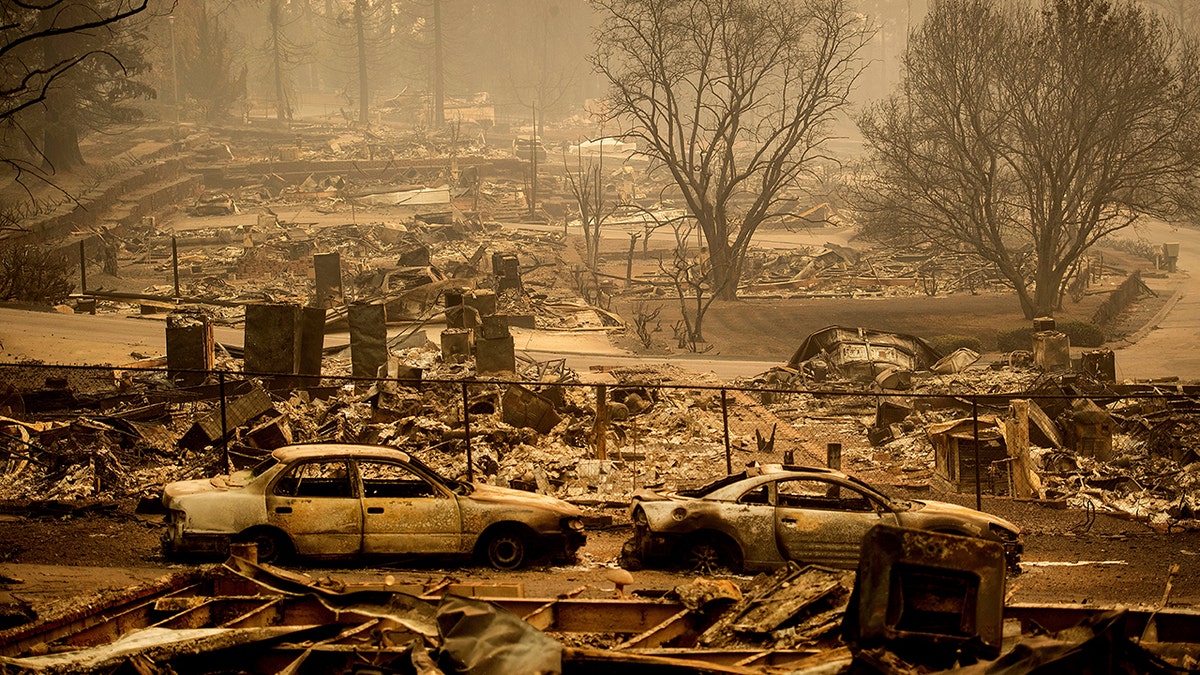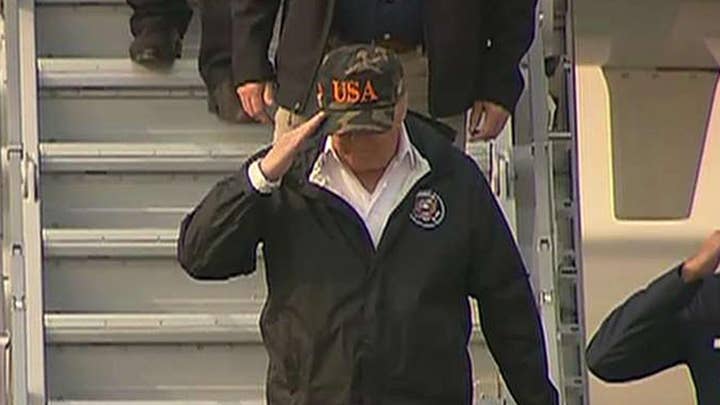At least 79 killed in Camp Fire, 700 remain unaccounted for
Heavy rains threaten to complicate search and recovery missions in and around Paradise, California as crews continue to search for wildfire survivors; Claudia Cowan reports from Chico.
The California wildfire, which ravaged the Sierra Nevada foothill town of Paradise, has prompted new scrutiny on evacuation efforts as thousands of residents fleeing the flames found themselves stuck in traffic – the same situation a decade ago that led officials to expand the main evacuation route, before eventually reducing the travel lanes, a report said.
A grand jury called on officials to improve the Skyway, the main evacuation road out of the city when residents became trapped on the road in gridlock after a devastating 2008 fire, according to the Los Angeles Times.
But six years later the city reduced the lanes from four to two, citing safety concerns from residents and business who argued the road, dubbed the “expressway,” sent speeding cars through the town and posed a threat to pedestrians and commerce, the paper reported.

In this Monday, Nov. 12, 2018 file photo, homes leveled by the Camp Fireline a development on Edgewood Lane in Paradise, Calif. (AP)
Earlier this month, Paradise, a city of 27,000 residents, found itself in the same situation that prompted the expanded evacuation route a decade ago, as the worst wildfire in the state’s history wiped out the Northern California town, killing at least 81 with 870 still missing.
Residents were stuck in traffic as they tried to make their way down the mountain. Some who died were found inside their vehicles.
In 2009, the Butte County Grand Jury stated, “additional evacuation routes are necessary” as the area is “especially prone to disastrous wildfires.”
The Times noted that it is not clear whether the reduced lanes caused the traffic to worsen. Mayor Jody Jones said at a press conference Tuesday it took residents roughly 2 ½ hours to evacuate, compared to the 3-hour trek during the 2008 fire.
“I don’t believe that it really mattered,” Jones said. “I don’t think there’s any town in the world prepared with a roadway infrastructure that could evacuate their entire town all at once. They’re just not built to do that.”
In addition to slimming down two other roads, the city used state funding to also upgrade traffic signals to increase safety, improve drainage and widen shoulders, according to the paper.
Jones said the decision stemmed from a safety perspective, as “people were being killed just walking across the street.”
When the fire broke out on Nov. 8, authorities converted all lanes to outbound traffic in an effort to expedite the evacuation process, the paper reported.
The newspaper noted that Google street images show similar gridlock on the Skyway during the 2008 fire, like the one on Nov. 8th despite the reduced travel lanes.
City officials also took other precautions, such as removing vegetation in the region to reduce fire risk, conducting an evacuation rehearsal, as well as developing protocols to turn two-way streets in one-way evacuation routes, according to the paper.
Authorities originally planned to get residents in direct line of the fire out of the area first to avoid congestion, but the flames spread too quickly and vehicles piled up on the roads before a full-scale evacuation order was even in place, the paper reported.























